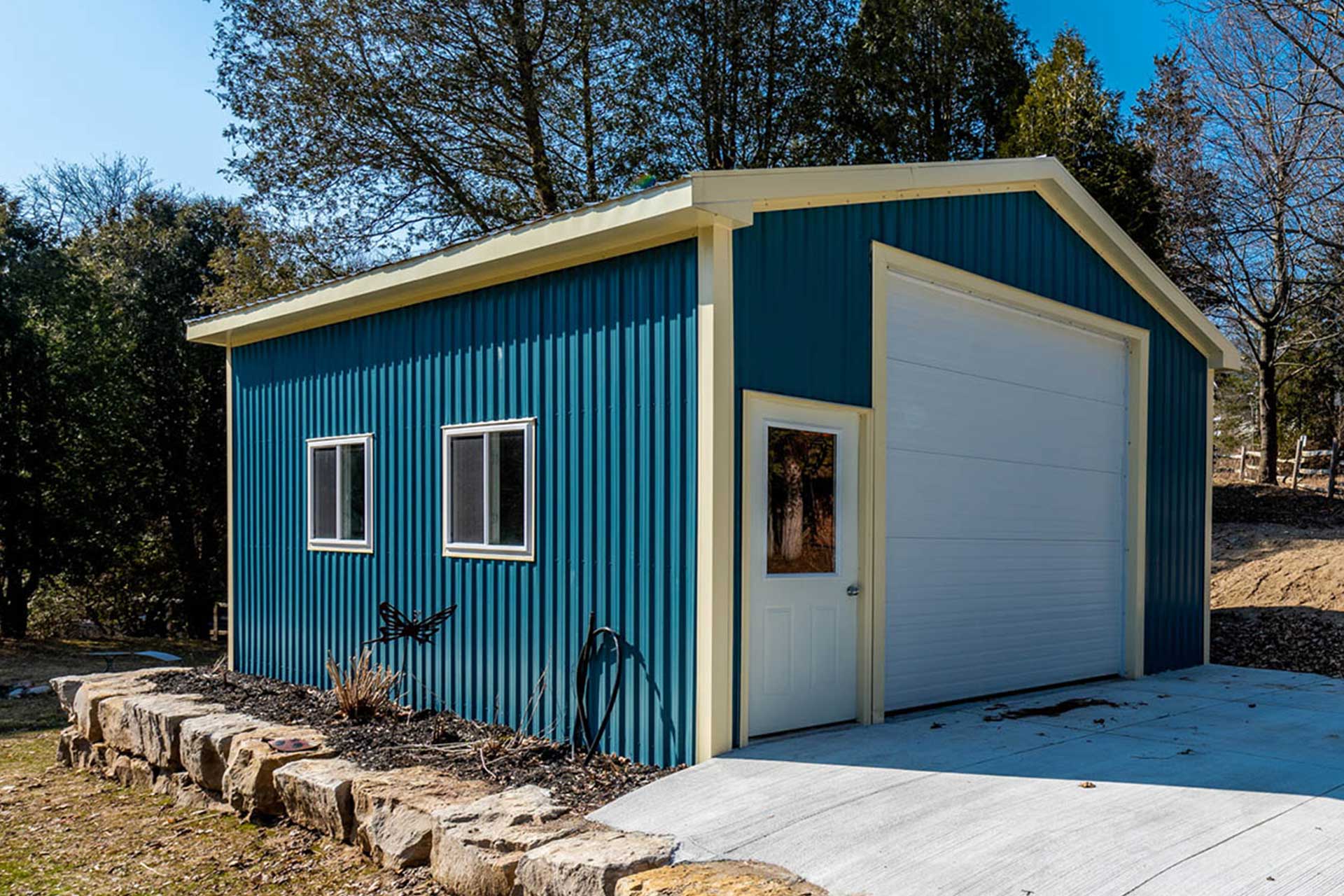In the realm of property development and maintenance, the choice between various types of structures, especially when considering garages, is often influenced by factors such as cost, durability, and maintenance needs. Metal garages have emerged as a viable and often more cost-effective alternative to traditional garage structures made from wood or brick. Let’s look into the various aspects where metal garages save costs compared to their traditional counterparts.
Initial Construction Costs
One of the primary advantages of metal garages lies in their initial construction costs. Metal structures generally have lower material costs than traditional wood or brick buildings. The manufacturing process of metal panels and components is highly efficient, leading to lower production costs. Additionally, the lightweight nature of these materials translates into reduced transportation and labor costs, as metal garages often come in pre-fabricated kits that are quick and easy to assemble.
Durability and Longevity
Metal garages boast superior durability and longevity compared to wood or brick structures. They are resistant to many of the common issues that plague traditional materials, such as rot, pest infestation, and decay. Metal is also more resilient against harsh weather conditions, including heavy rain, snow, and extreme temperatures. This inherent durability means that metal garages often have a longer lifespan, reducing the need for frequent replacements or major overhauls, thereby saving costs in the long run.
Maintenance and Repairs
The maintenance requirements of metal garages are notably lower than those of traditional structures. They do not require regular treatments for pests, nor do they need protective coatings or paints as often as wood does. This low maintenance characteristic translates into significant cost savings over time. Furthermore, repairs, when needed, are typically simpler and less expensive for metal structures, as damaged panels can be easily replaced without affecting the integrity of the entire structure.
Energy Efficiency
Metal garages can be more energy-efficient than traditional structures, especially when insulated properly. The reflective properties of metal can help in maintaining a stable internal temperature, reducing the need for heating or cooling. This can lead to substantial savings in energy costs, particularly in regions with extreme weather conditions.
Insurance Costs
Insurance costs for metal garages can be lower than for traditional structures due to their enhanced durability and resistance to fire, pests, and weather-related damages. Insurers often recognize the reduced risk associated with metal buildings and may offer lower premiums accordingly.
Environmental Impact
The environmental aspect of metal garages also plays a role in cost savings, albeit indirectly. Metal is a highly recyclable material, and many metal structures are made from recycled content. The reduced environmental impact can lead to savings in terms of waste management and potential environmental compliance costs. Furthermore, the energy efficiency of metal buildings contributes to lower energy consumption, which is both cost-effective and environmentally beneficial.
Resale Value
The longevity and low maintenance nature of metal garages can enhance the resale value of a property. Prospective buyers often view metal structures as a value-added feature due to their durability and reduced upkeep requirements. This can lead to higher property values and potentially quicker sales.
Adaptability and Versatility
Metal garages offer a high degree of adaptability and versatility, which can be a cost-saving factor in itself. They can be easily expanded, modified, or repurposed to meet changing needs, without the extensive costs associated with similar alterations in traditional structures.
Comparison with Traditional Structures
Traditional garages, typically made from wood or brick, come with their own set of advantages, such as aesthetic appeal and traditional design. However, these materials are often more susceptible to environmental damages and require regular maintenance, such as painting, sealing, or pest control treatments. Additionally, the construction process for traditional structures can be more labor-intensive and time-consuming, leading to higher initial costs.
The Choice is Easy
While the choice between a metal garage and a traditional structure depends on individual preferences and specific requirements, the cost benefits of metal garages are clear and significant. From reduced initial construction costs to lower maintenance requirements, and from enhanced durability to energy efficiency, metal garages present a compelling case for those looking to optimize their investment in a property. As such, property owners and developers should consider metal garages not just as an alternative, but as a financially prudent choice in the long term.

